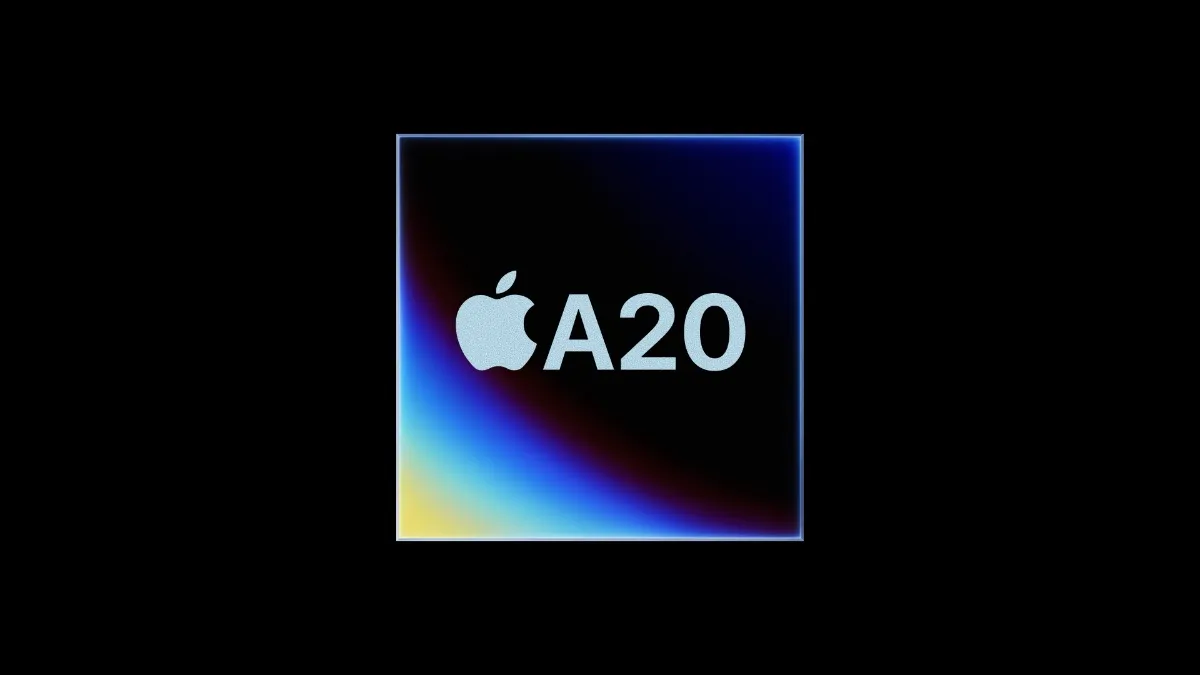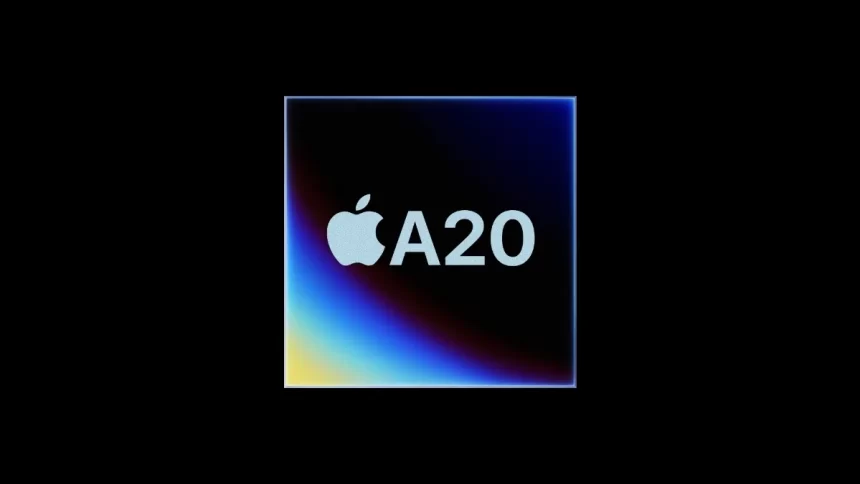Apple is preparing a major leap in chip design with the upcoming A20 and A20 Pro. These next-generation processors will power the iPhone 18 lineup and possibly Apple’s first foldable iPhone. Both chips will use TSMC’s new 2-nanometer process — a major step forward from the current 3nm chips.
The A20 Pro is expected to debut first in late 2026 with the iPhone 18 Pro models. The standard A20 may follow in early 2027. Apple’s switch to 2nm could deliver 15% faster performance and up to 30% better efficiency, putting it well ahead of its rivals.

Thinner, Cooler, and Longer Lasting
The new process will make transistors smaller and more efficient. This could help Apple design thinner iPhones that stay cool while lasting longer on a single charge. Users should see faster responses in AI, gaming, and graphics-heavy apps.
Apple’s chip team is also testing a “RAM-on-wafer” design. This layout places memory directly on the same chip as the CPU and GPU. It reduces latency, boosts speed, and cuts energy use — all while saving internal space.
Powering the Foldable Future
Apple’s rumored foldable iPhone may debut with the A20 Pro chip. Foldable devices demand efficient chips that manage power and heat well. The A20 Pro could make that possible. Just as the iPhone X introduced Face ID and OLED screens, the foldable iPhone could showcase Apple’s next big hardware breakthrough.
Staying Ahead of the Competition
Qualcomm and Samsung are racing to match Apple’s 2nm timeline but are expected to lag behind until late 2026. Apple’s early access to TSMC’s 2nm technology gives it a strong head start.
If Apple delivers as planned, the A20 series will bring faster, cooler, and more power-efficient iPhones — setting a new standard for smartphone performance












